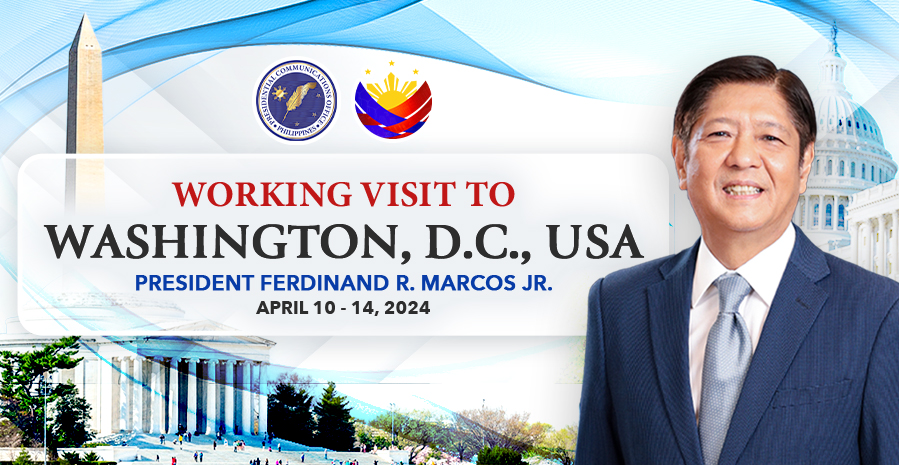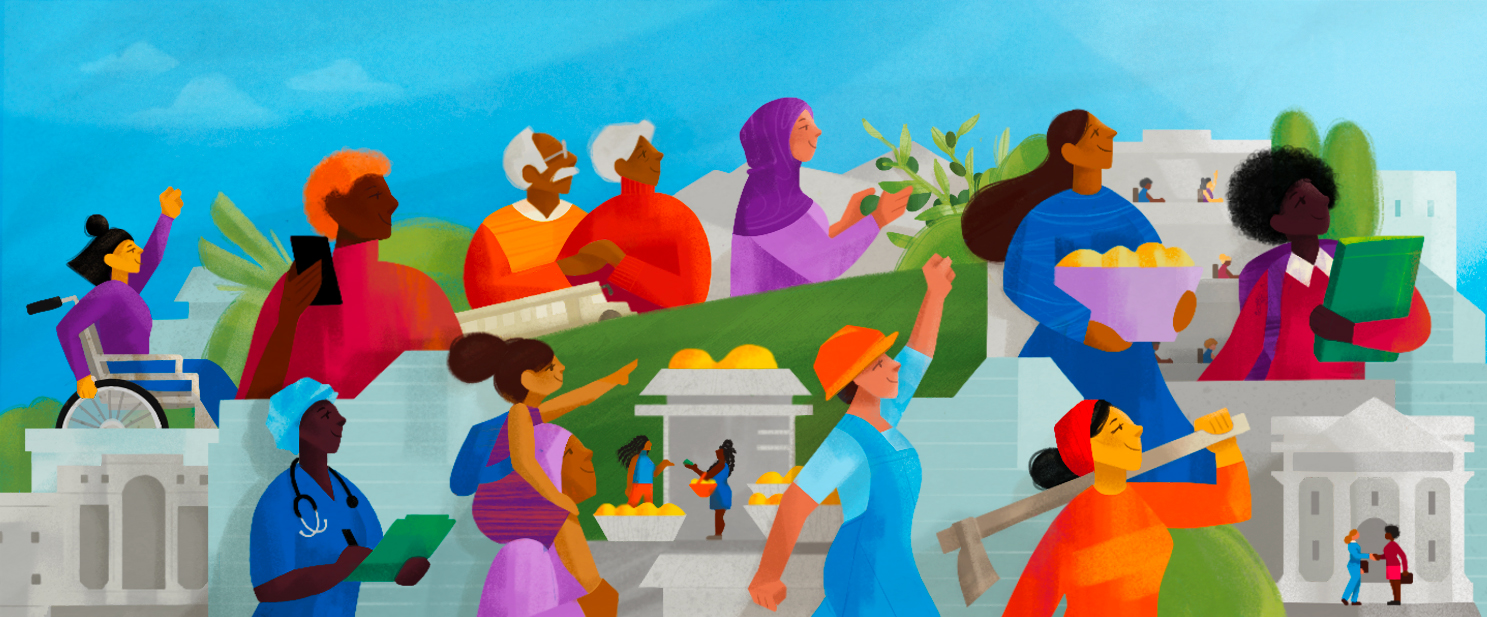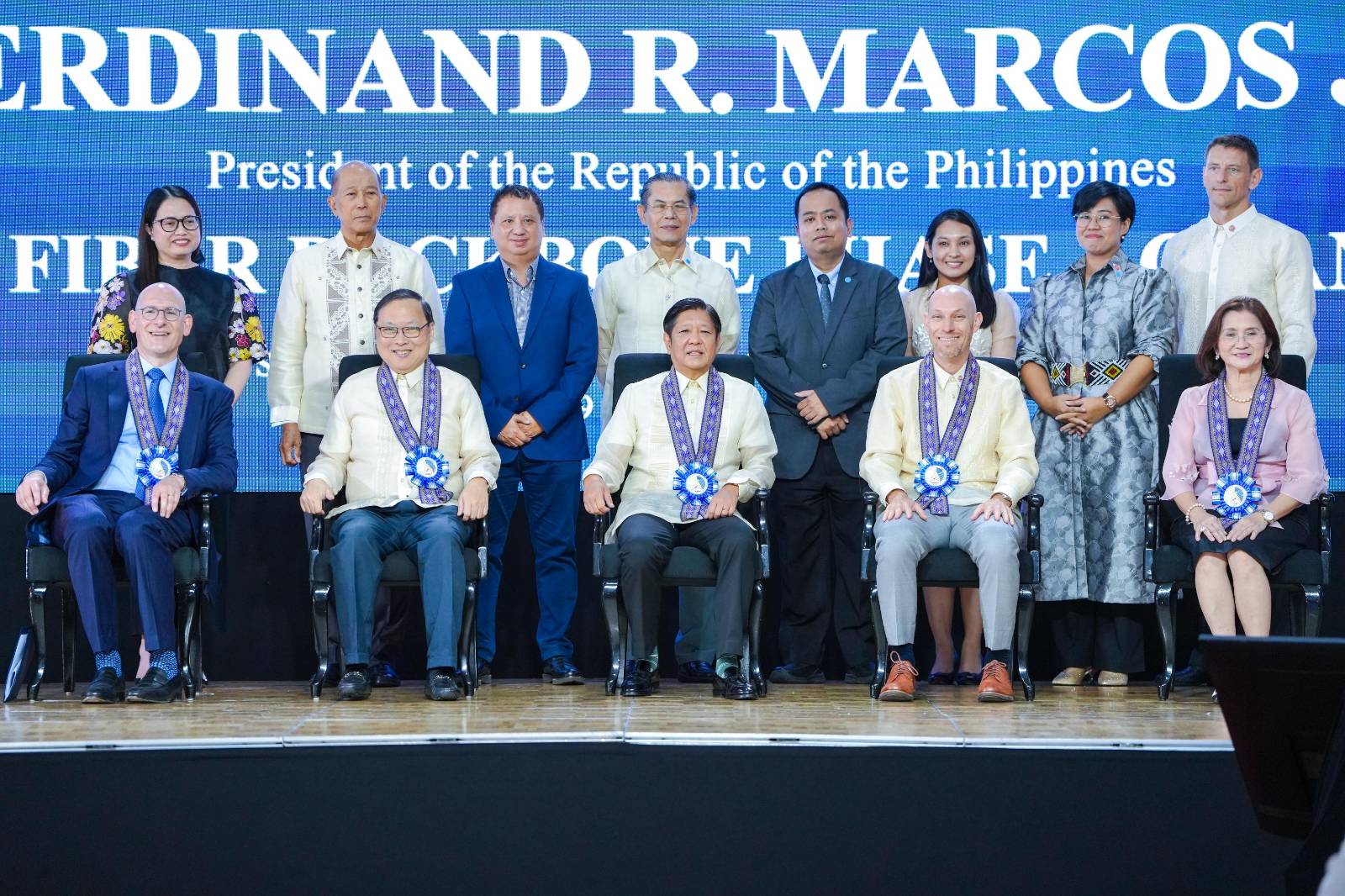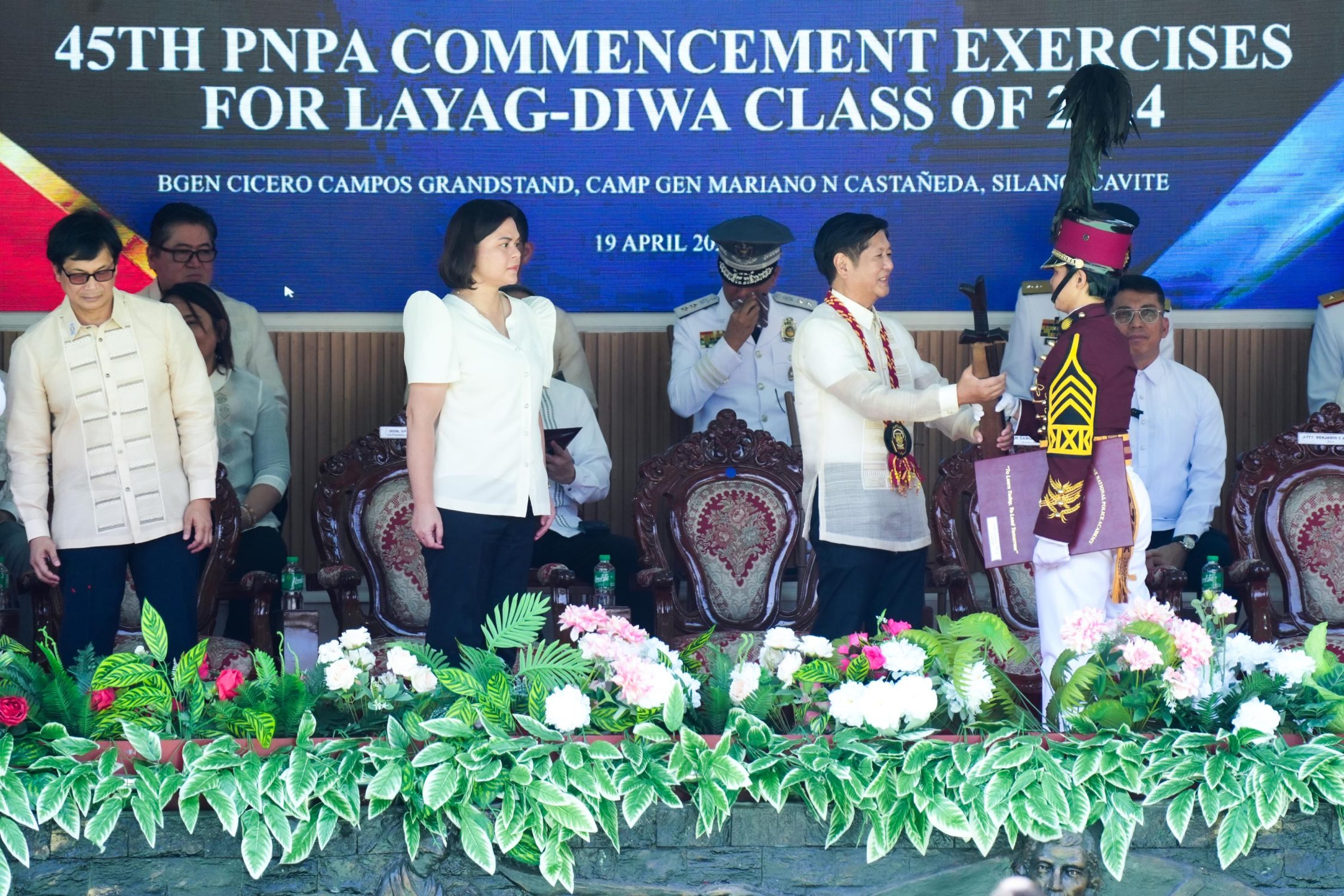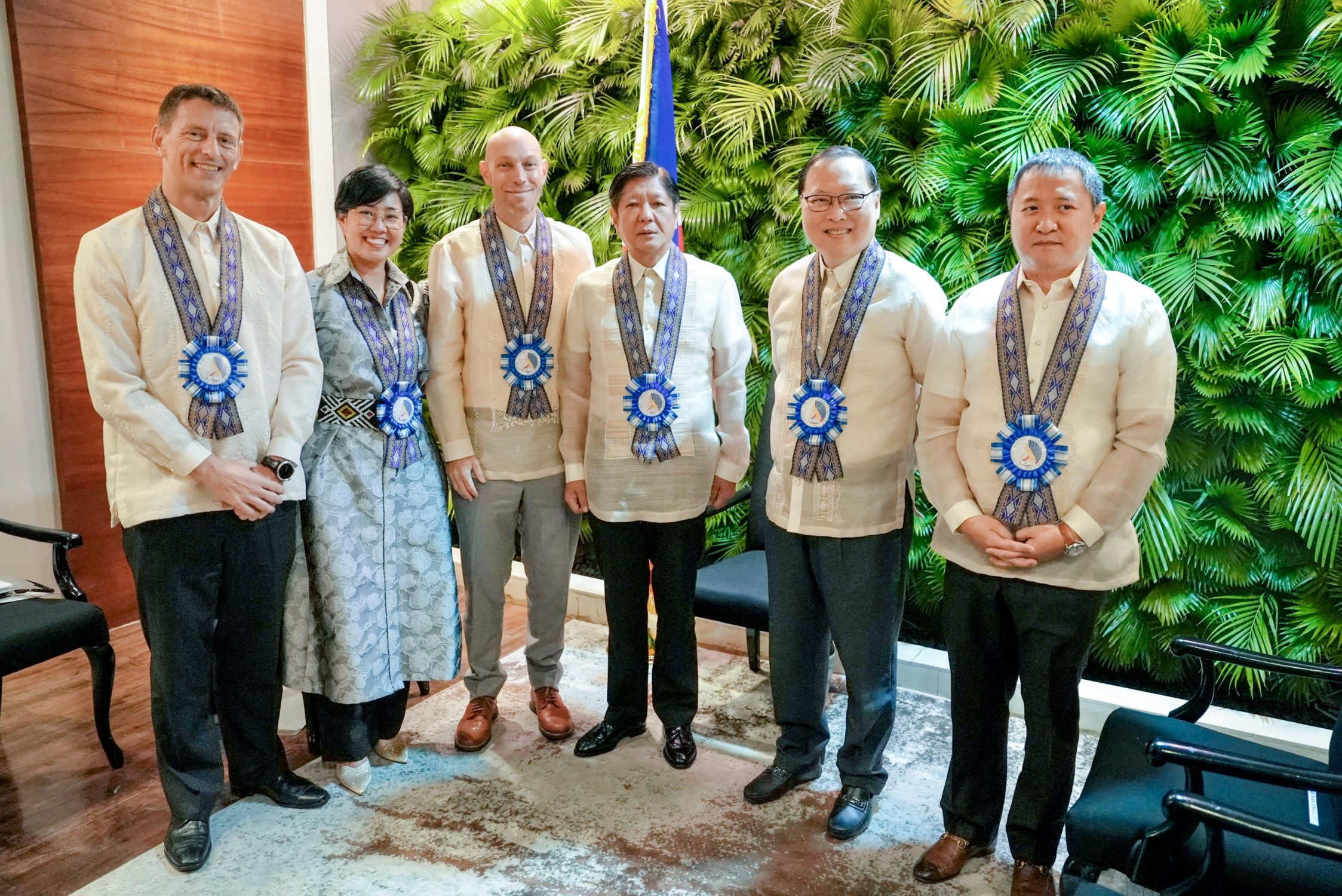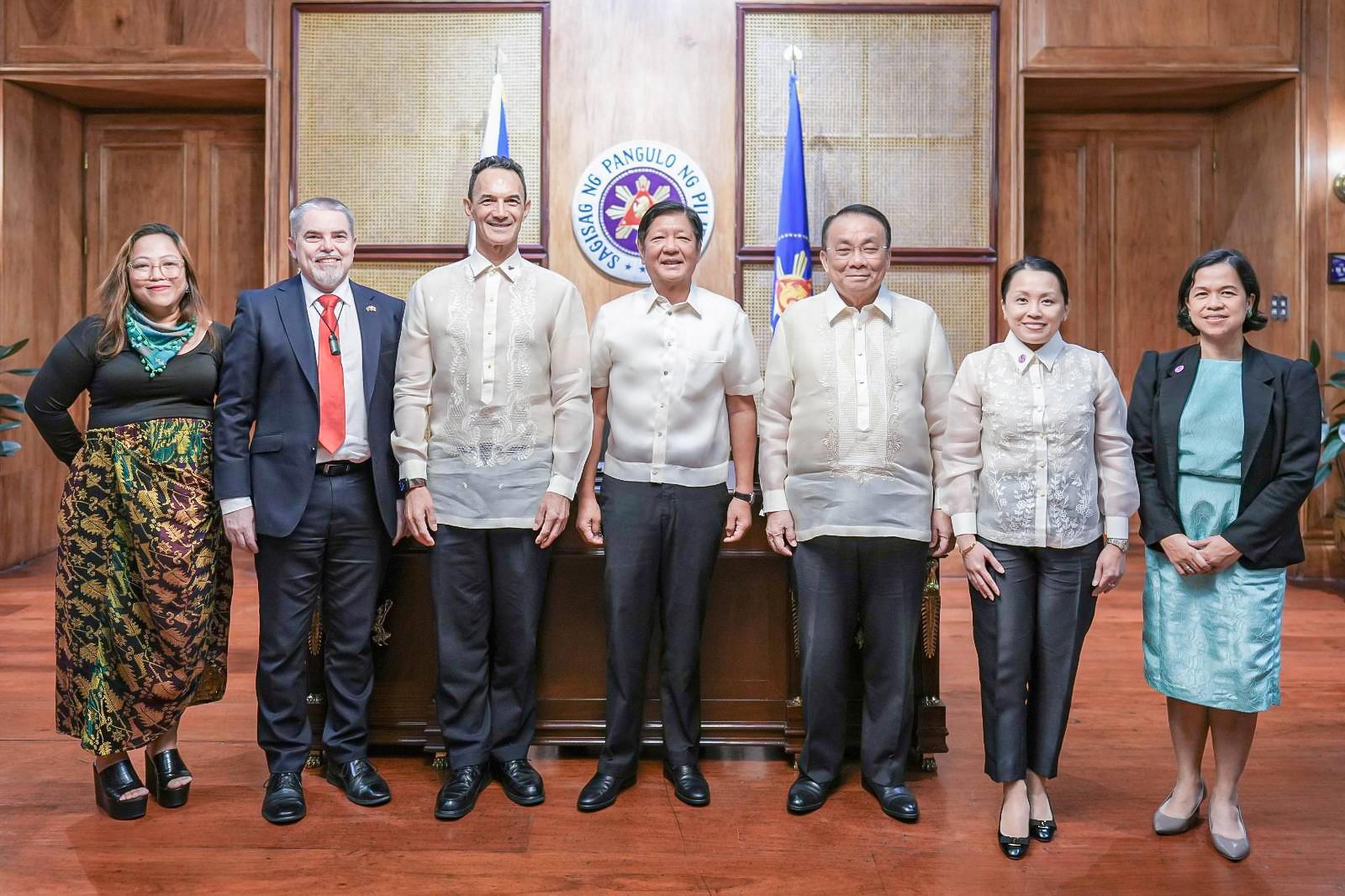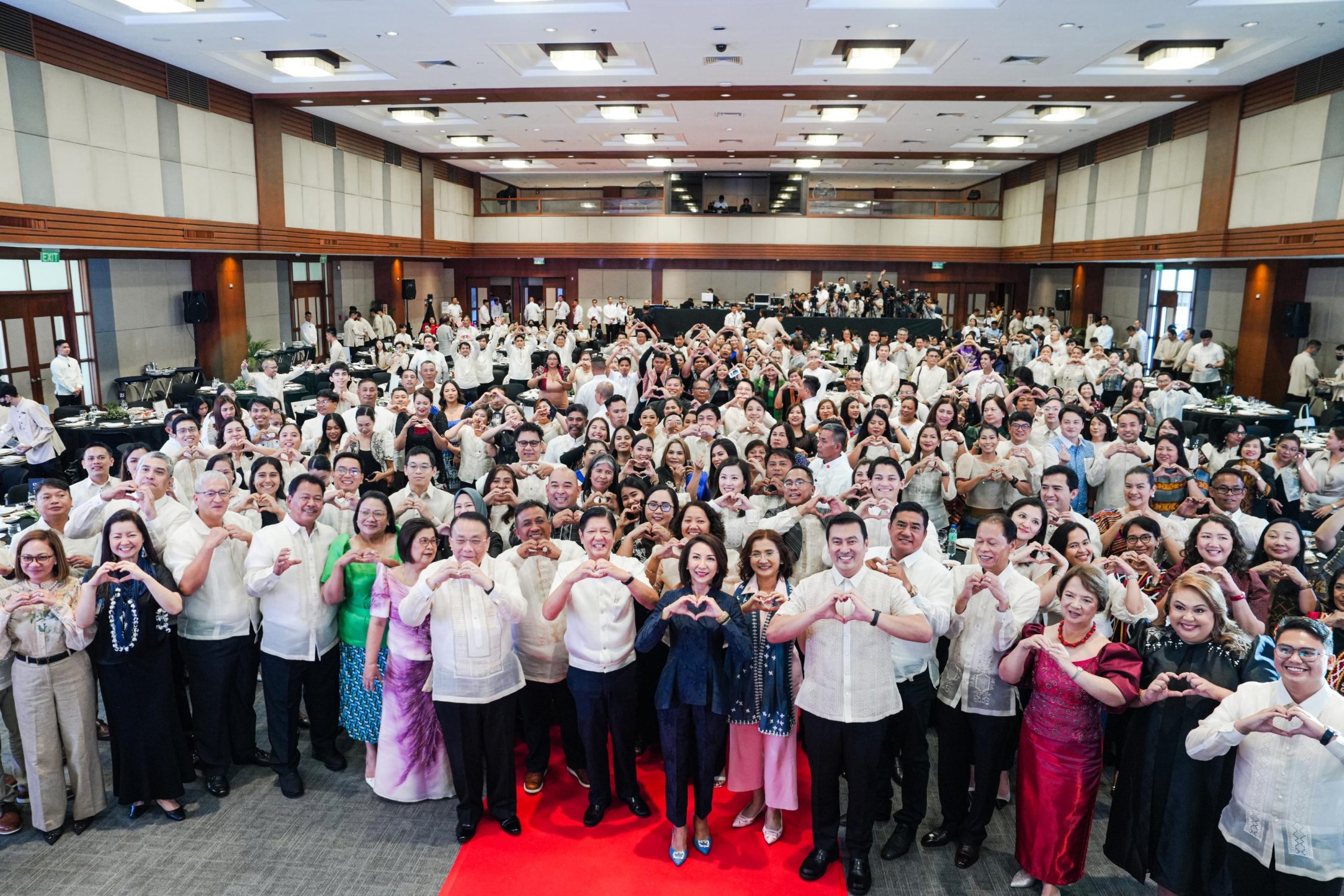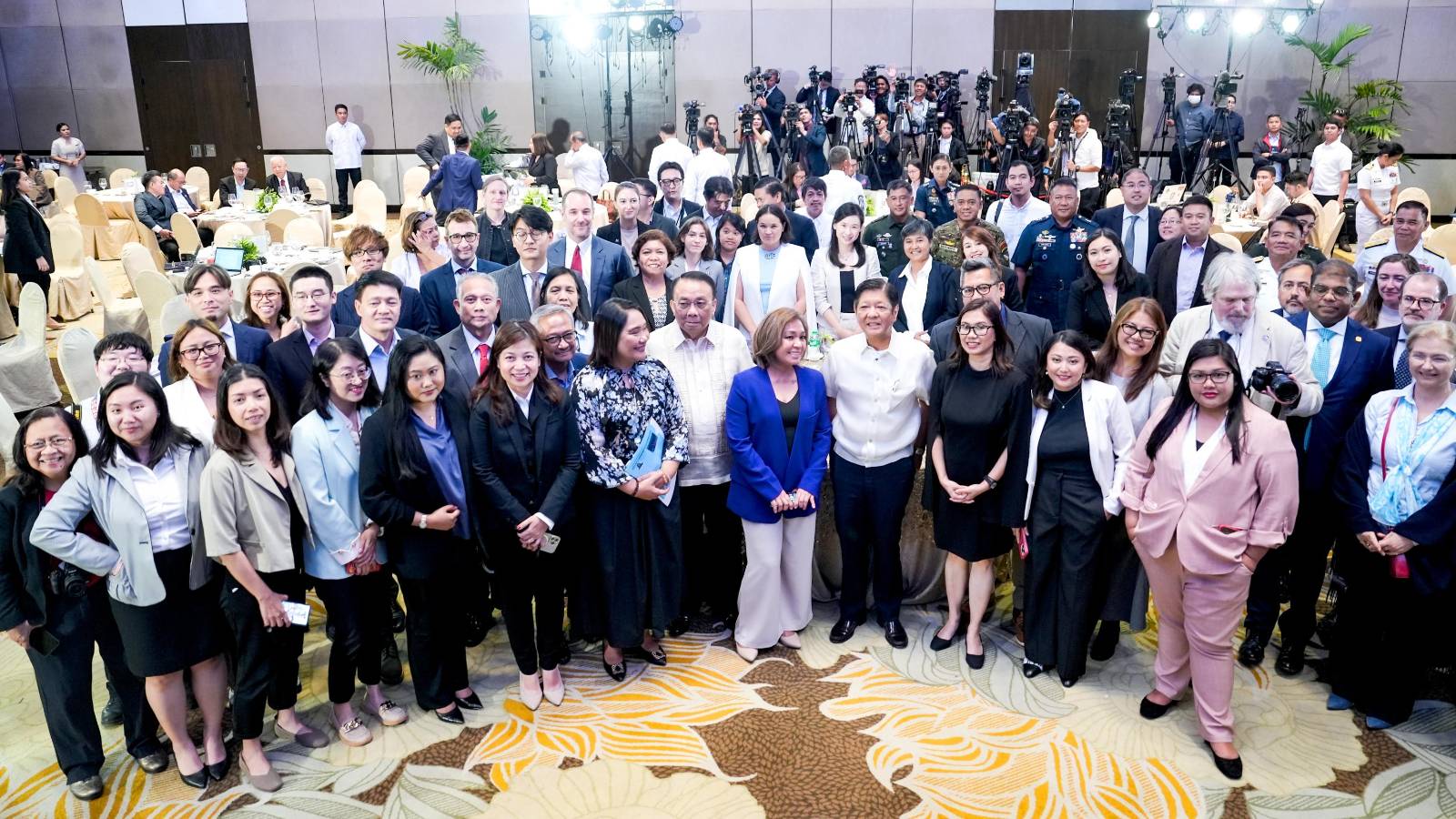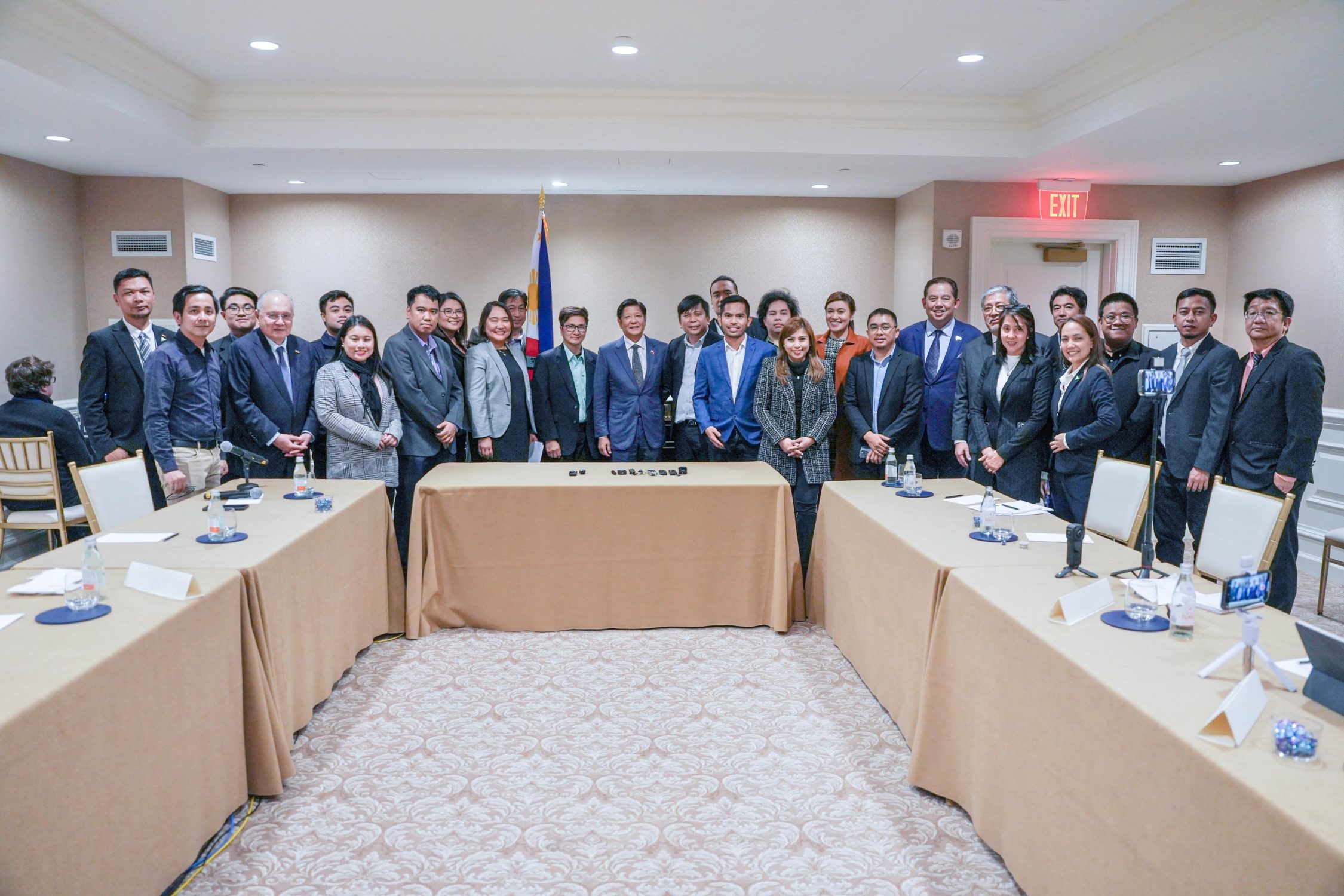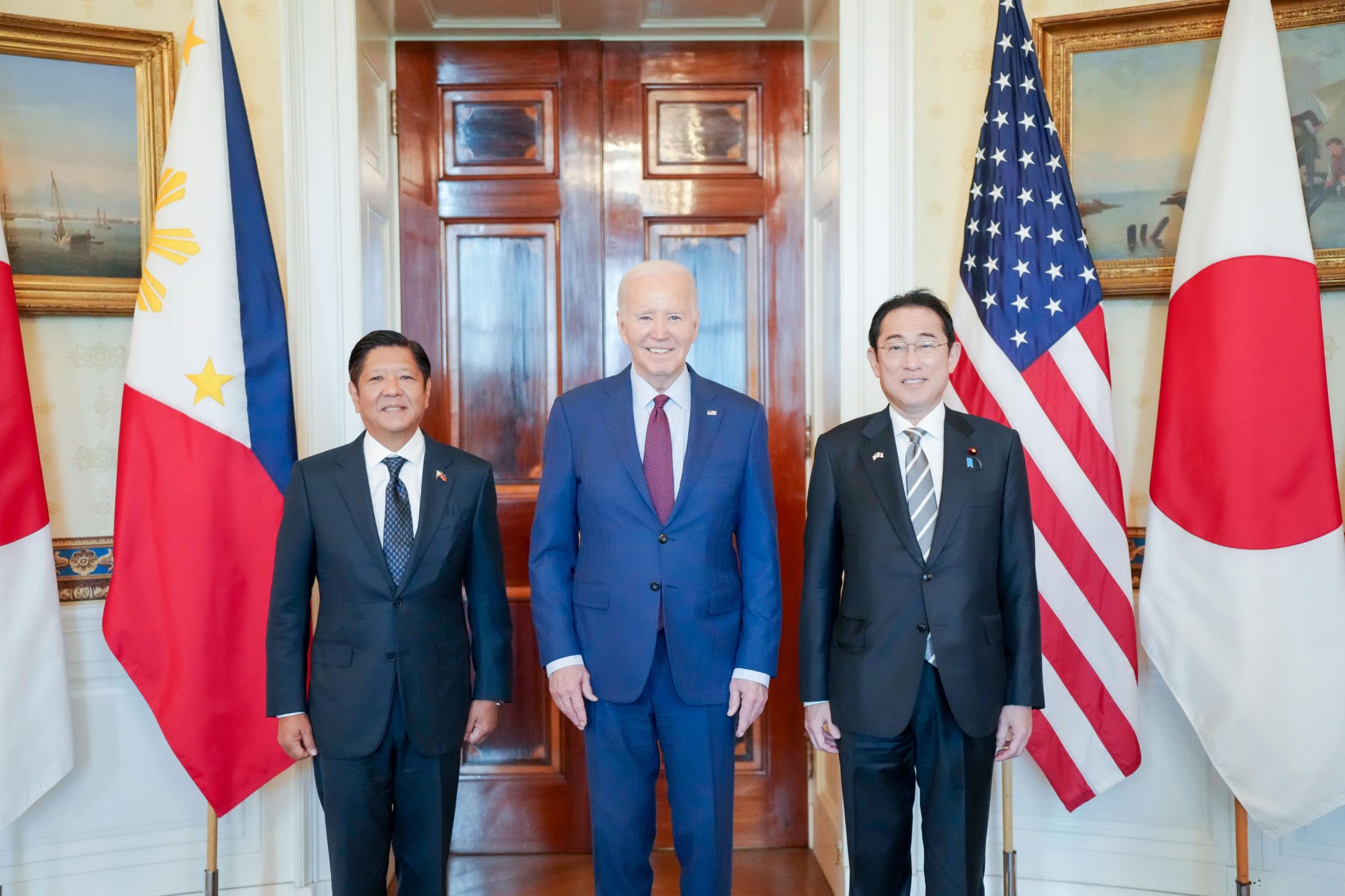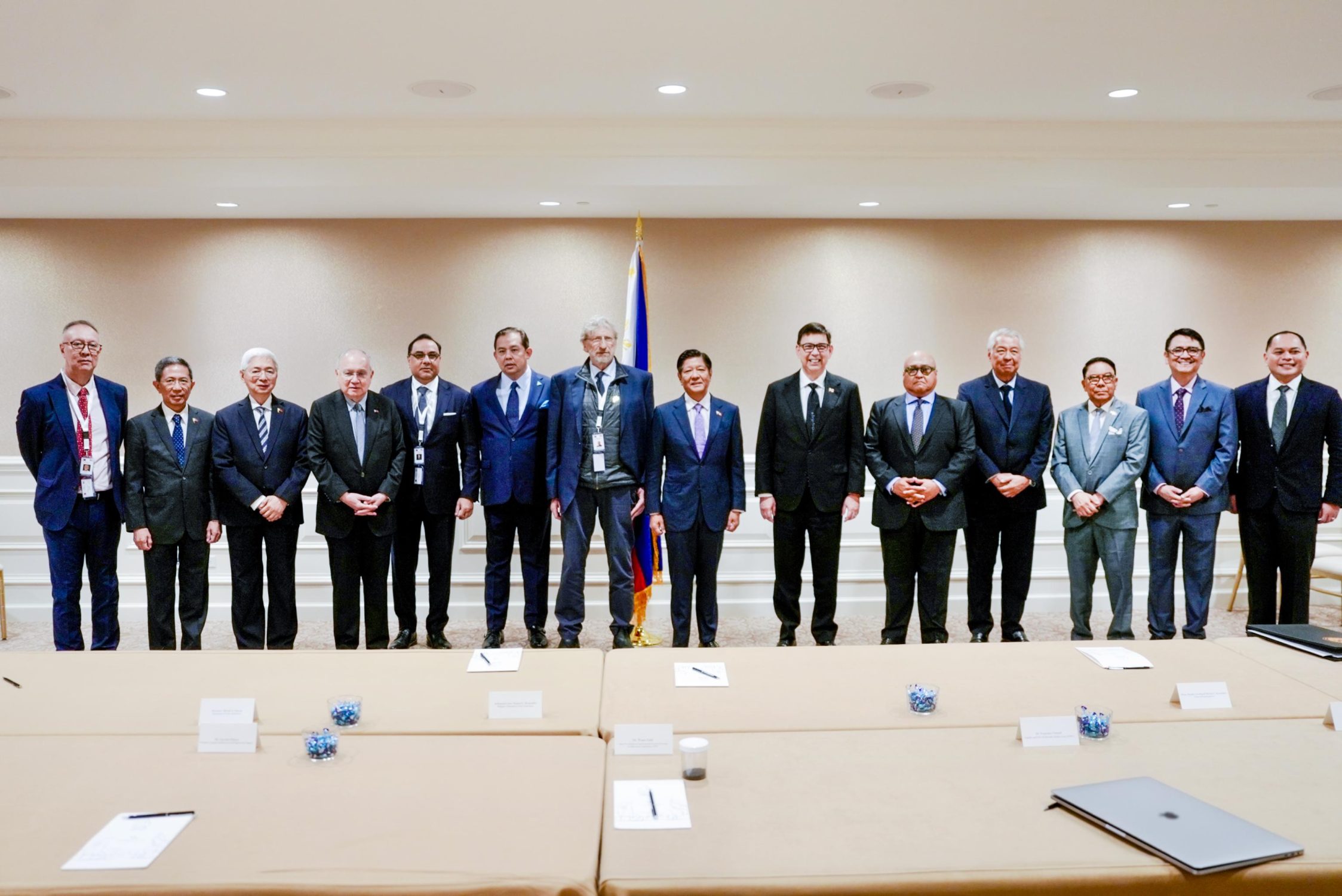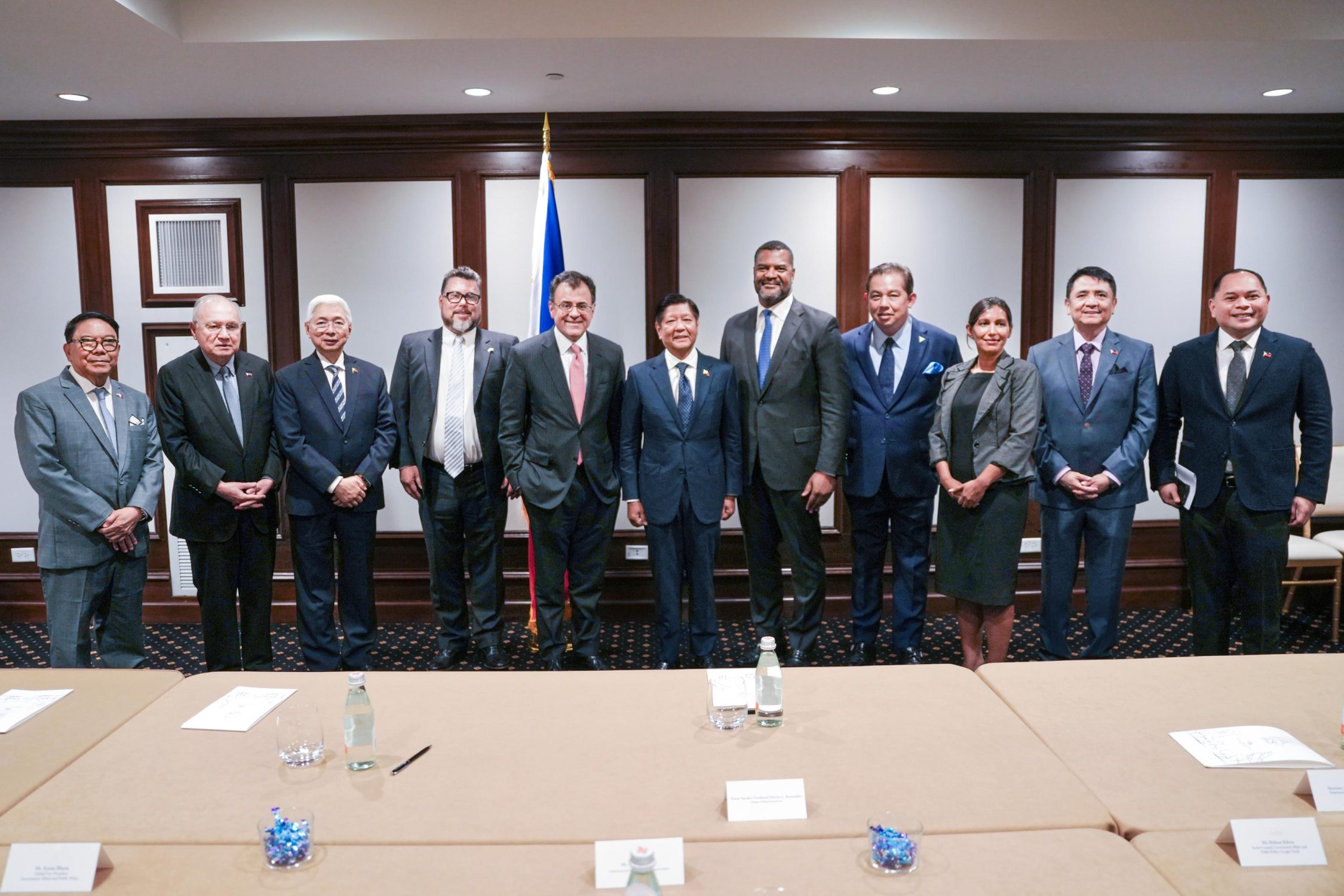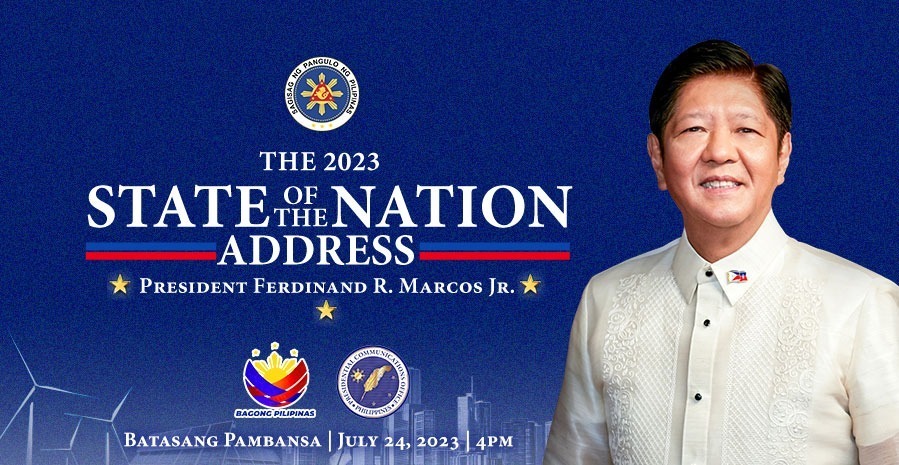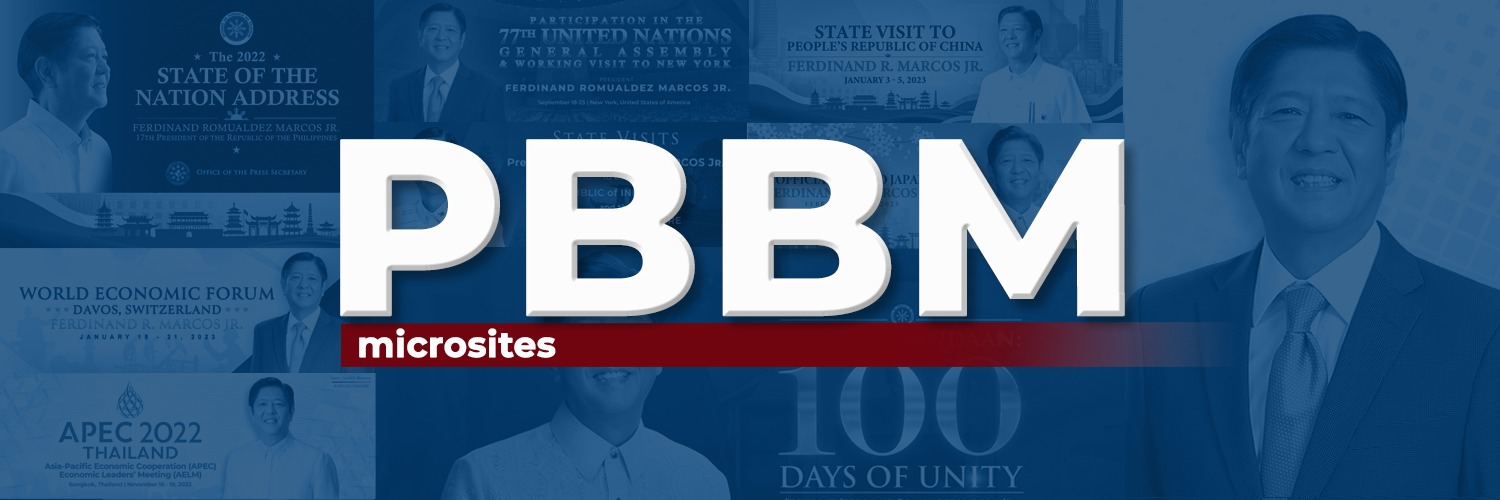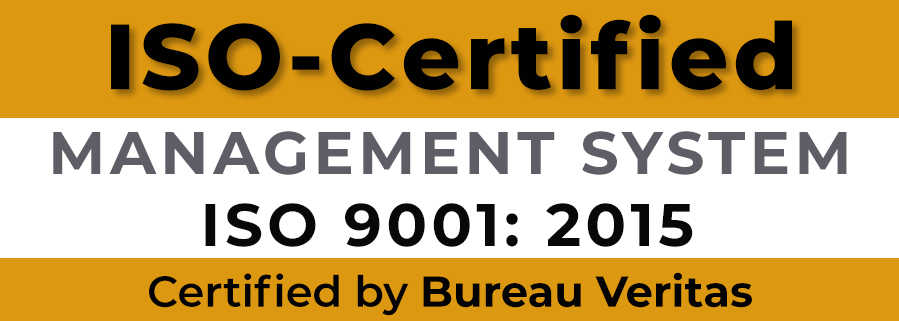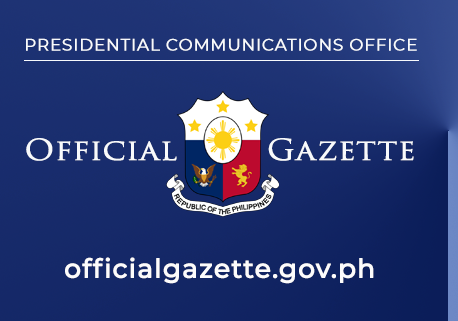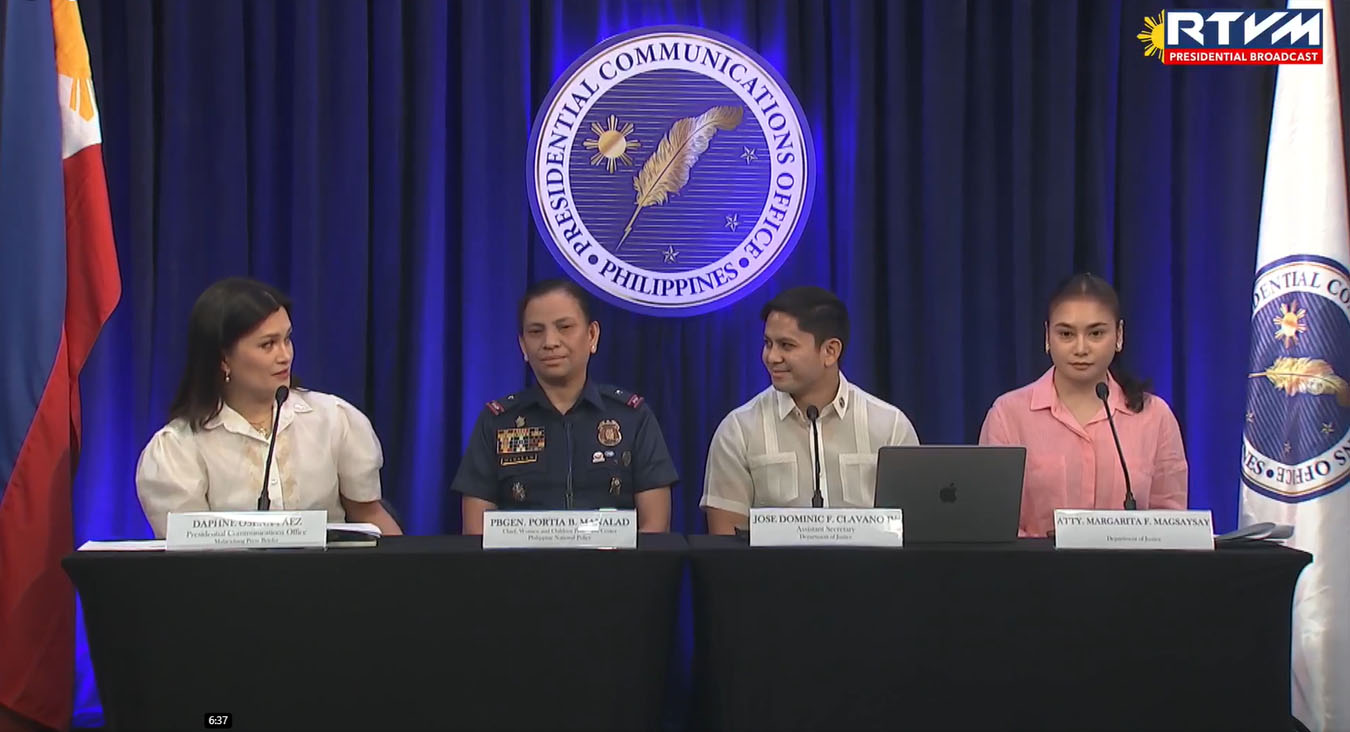(BEIJING, China) – The Belt and Road Initiative spearheaded by Chinese President Xi Jin Ping as a platform of international cooperation and development among nations complements the Duterte administration’s Build-Build-Build-
This was the message conveyed by the President’s men before the members of the media who attended a briefing at the Grand Hyatt Beijing Hotel Sunday evening, May 14.
President Rodrigo Roa Duterte arrived in China’s capital city, Beijing May 13 to attend the Belt and Road Forum for International Cooperation.
“He (PRRD)’s being invited to speak two times tomorrow (May 15) during the leaders’ roundtable. Once in the morning, where he will be speaking about generating economic growth and tackling economic challenges. The second will be he’ll speak again in the afternoon on clean and green infrastructure,” Department of Foreign Affairs (DFA) official Evangeline Ong Jimenez-Ducrocq said.
Infrastructure interconnectivity is a key target of the Belt and Road Initiative.
Trade and Industry Secretary Ramon Lopez mentioned that the One Belt, One Road can be maximized in the context of Philippine development goals, including the Build-Build-Build Infrastructure Plan to attract more investments.
Defense Secretary Delfin Lorenza shared the same sentiment adding that the insurgency and criminality in the South are driven by lack of economic opportunities.
“And if we can bring in the infrastructure development in the South, it will be included in this One Belt One Road, the investment will come, then maybe we can address some of the problems, economic problems in the South and improve the security situation in the country, “ Lorenzana underscored.
Also, Secretary Lopez brushed off worries that the Build-Build-Build Infrastructure Plan would be fueled by loans from China that would later put the country into a debt trap.
“Even as we speak of ‘yung Build, Build, Build and financing that growth and the infrastructure program, we are not really talking of loans na heavy. It will be budgeted… And in fact, in terms of loans, ang pino-project doon, 80 percent local, domestic loans. And only 20 percent ang foreign loans. So all these discussions are premised on ano ba talaga ‘yung plano rin natin and we’ve presented already those plans. So hindi po tayo maiipit doon,” Lopez assured.
The DTI Secretary then took the occasion to cite the importance of passing the tax reform legislation of the Duterte administration.
“That’s the reason why it’s important to pass the tax reform program… Yun din ‘yung paggagamitan at gagamitan ng infrastructure budget. Kaya nga very important ‘yung tax reform program kasi internally generated ‘yung funds to support the build up, “ Lopez explained.
Senator Alan Peter Cayetano noted that the Philippines, owing to its archipelagic nature, has to improve its infrastructure and inter-connect, with or without this Chinese initiative. However, the Belt and Road Initiative gave international context to the infrastructure plan of the Duterte administration.
“We have to really build, build, and build. But with the build, build, build also of the Belt and Road, it opens us up to other markets,” Cayetano further said.
The Belt and Road Initiative is, indeed, more than infrastructure connectivity. It has become enlarging market base, diversified financing schemes, people-to-people connectivity, among others.
“(Belt and Road Initiative) touched on peace and cooperation, inclusiveness, mutual learning and mutual benefit,” Presidential Spokesperson Ernesto Abella said.
The One Belt, One Road Initiative originated from the ancient Silk Road linking Asia and Europe through trade from Xi’an in China, Central Asia, Middle East, Europe and Russia and the maritime Silk Road started from Fujian through the South China Sea, Indian Ocean, Red Sea, and the Mediterranean, stopping in Africa along the way. ### PCO-Content



